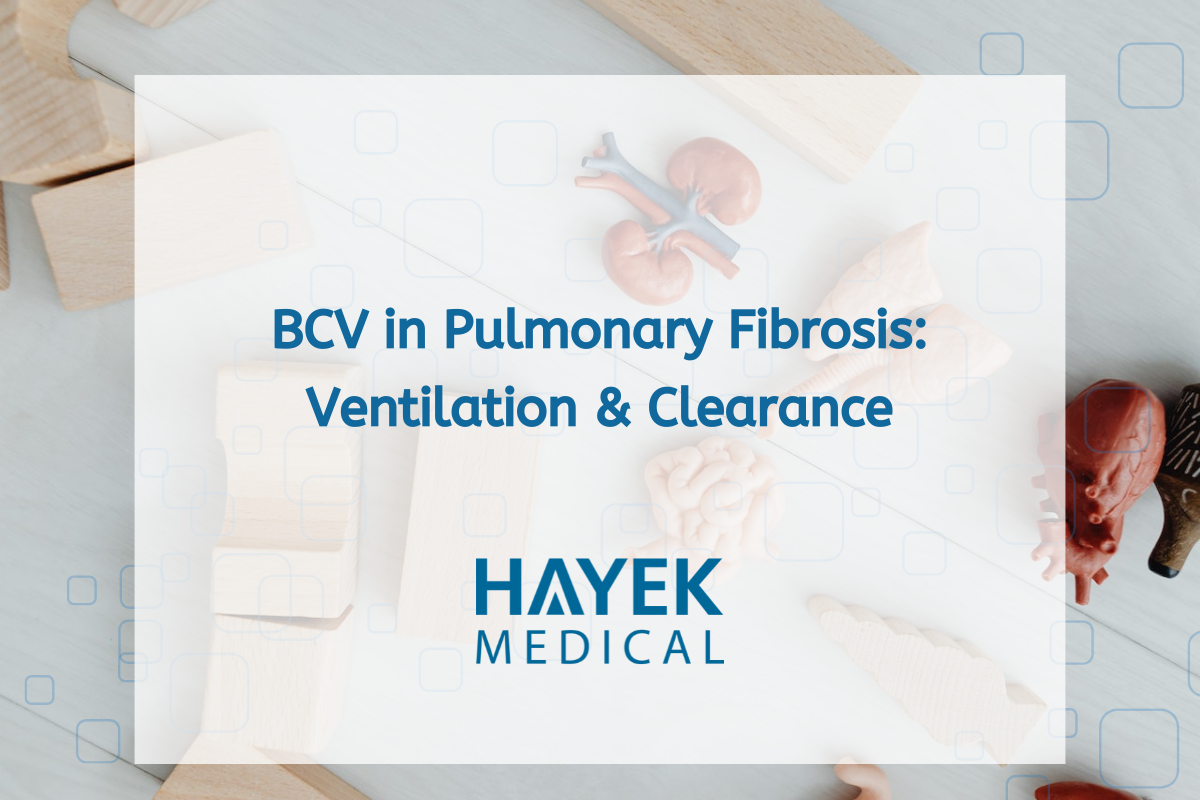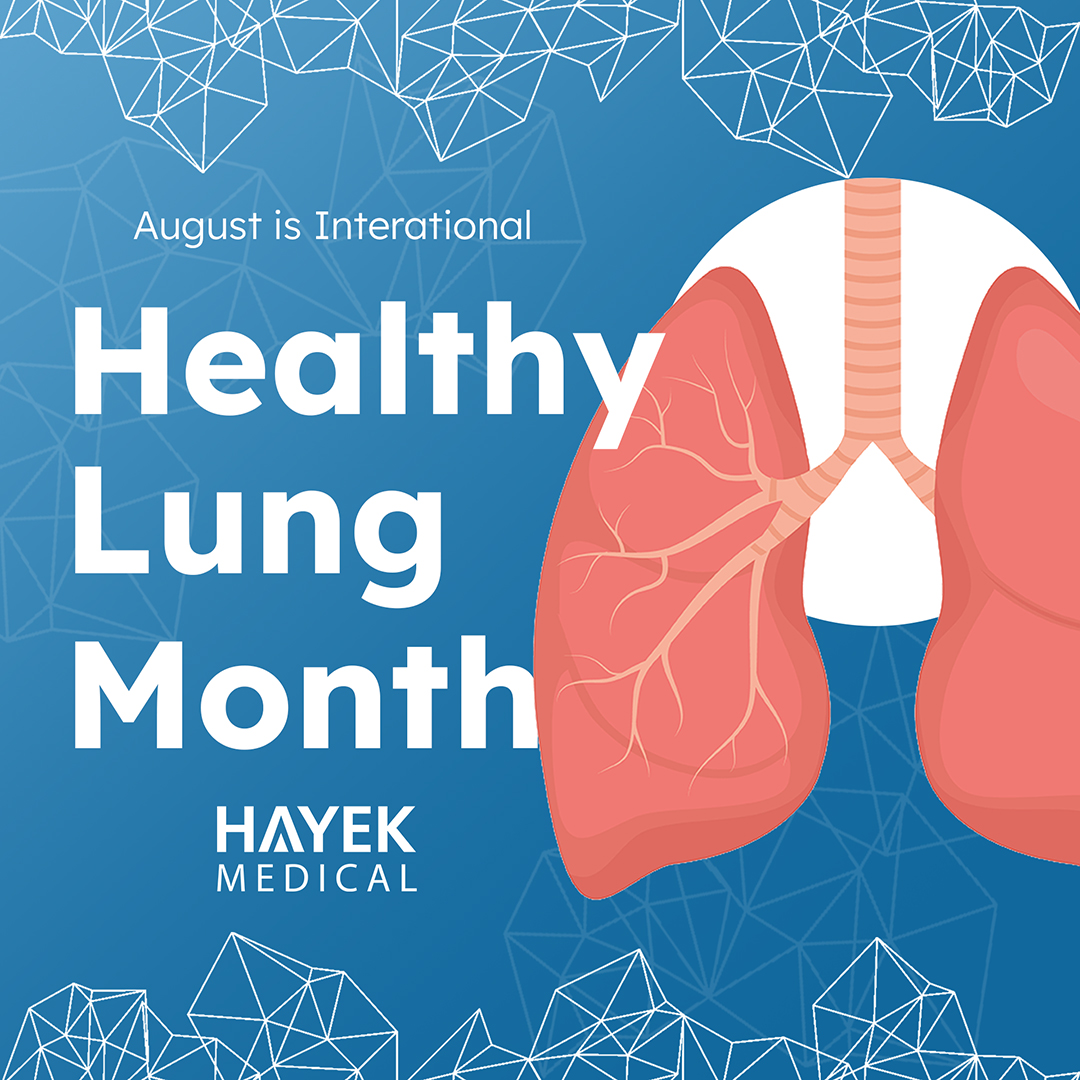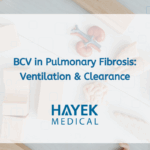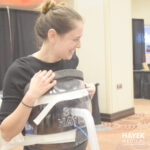
Amyotrophic Lateral Sclerosis (ALS) is a progressive neuromuscular disease that ultimately weakens all skeletal muscles, including those responsible for breathing. As diaphragmatic and accessory muscle function declines, respiratory support becomes essential. While non-invasive positive pressure ventilation (NIPPV), such as BiPAP, is commonly used to support ventilation, its reliance on passive exhalation can be detrimental for ALS patients experiencing respiratory muscle fatigue. This is where active exhalation for ALS patients becomes not just helpful but critical.
Why Passive Exhalation Fails: The need for Active Exhalation in ALS Patients
Standard NIPPV operates by delivering pressurized air during inspiration and then simply removing that pressure, expecting the patient to exhale passively. For healthy individuals, elastic recoil of the lungs and chest wall makes this possible. Buy for ALS patients, who often have reduced chest wall compliance and weakened expiratory muscles (especially the abdominal and internal intercostals), passive exhalation becomes inefficient.
This inefficiency leads to:
- Air trapping and hyperinflation, which increases the work of breathing
- Inadequate CO₂ clearance, resulting in rising PaCO₂ and respiratory acidosis
- Increased fatigue, as weakened muscles must work harder to complete each breath cycle
In essence, relying on a patient with neuromuscular compromise to “finish the breath” on their own is a flawed strategy. A more effective approach is active exhalation for ALS patients using alternative ventilatory support.

Active Exhalation for ALS Patients: How Hayek BCV Changes the Game
The Hayek Biphasic Cuirass Ventilation (BCV) system is a form of negative pressure ventilation that not only actively draws air into the lungs by also actively assists with exhalation by reversing the pressure gradient. This approach offers true active exhalation for ALS patients, alleviating the burden placed on their already-compromised respiratory muscles.
Instead of requiring already fatigued muscles to expel air, the Hayek cuirass gently compresses the thorax to complete the respiratory cycle.
Benefits of Active Exhalation for ALS Patients Using Hayek BCV
- Reduces Respiratory Muscle Load
By taking over both phases of respiration, BCV reduces the workload on the diaphragm and abdominal muscles, preserving their function for longer. - Improves CO₂ Clearance
Active exhalation allows for more complete emptying of the lungs, enhancing alveolar ventilation and reducing hypercapnia. - Enhances Comfort and Compliance
Unlike tightly fitted masks required in NIPPV, the Hayek cuirass is non-claustrophobic and can be used in a variety of positions, improving patient tolerance. - Slows Respiratory Decline
Clinical reports suggest that ALS patients who use BCV early and consistently can delay the onset of invasive ventilation dependency.
This makes active exhalation for ALS patients not just a benefit but a strategy for longer-term quality of life.
Conclusion
Passive exhalation in NIPPV is insufficient and potentially harmful for ALS patients with progressive respiratory muscle weakness. Hayek BCV’s active exhalation for ALS patients offers a more physiological and supportive method that reduces fatigue, improves gas exchange, and extends respiratory independence.
It is time we rethink standard care for neuromuscular patients and embrace ventilatory modes that do more than just half the work.





